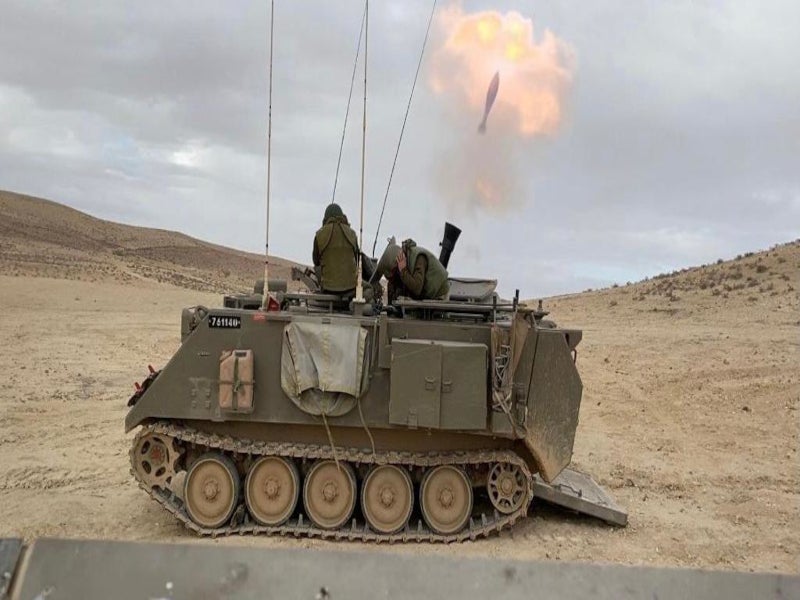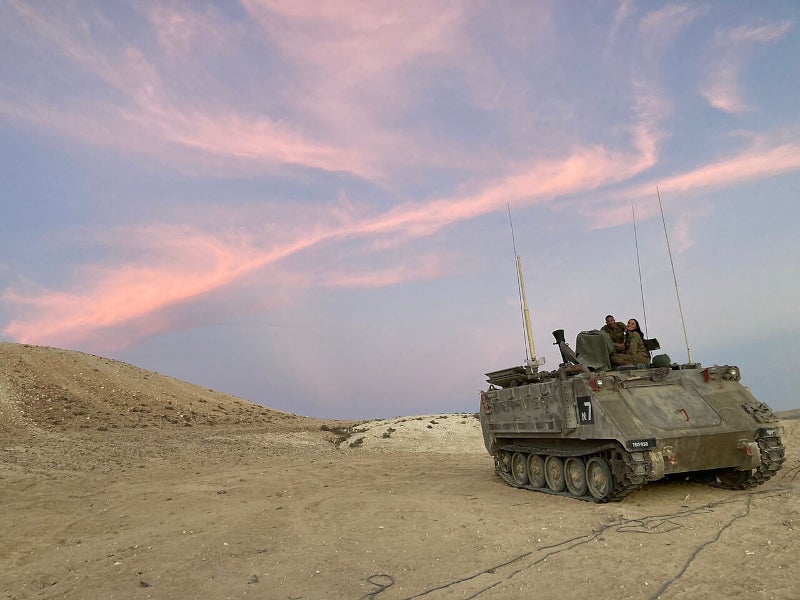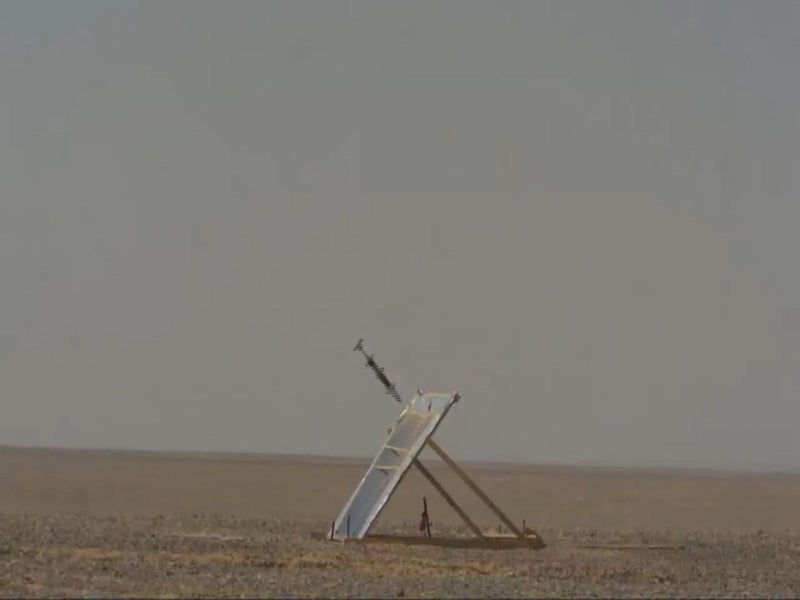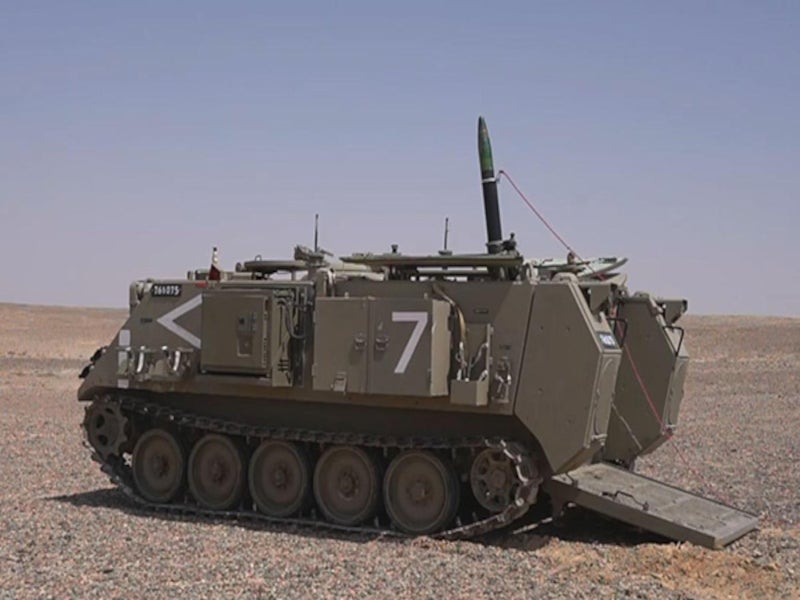The Iron Sting weapon system is an advanced precision-guided mortar munition designed to provide infantry units with precise fire support. It enhances the accuracy of mortar fire, reducing collateral damage and increasing effectiveness against targets.
It was developed by Israel’s Ministry of Defense in collaboration with Elbit Systems, an Israeli defence technology company.
The Directorate of Defense R&D, under Israel’s Ministry of Defense, in collaboration with the Israel Defense Forces (IDF) Ground Forces and Elbit Systems, unveiled Iron Sting in March 2021.
The Iron Sting was first deployed in the 2021 operation ‘Guardian of the Walls’ as a preoperational test.
The IDF officially implemented the system in October 2023, with ground troops using the munition against enemy infrastructure in the Gaza Strip.
Iron Sting mortar design and specifications
The Iron Sting is a comprehensive 120mm mortar shell weighing 17kg and designed for precise target engagement and neutralisation.
Its warhead can penetrate double-reinforced concrete with a thickness of up to 20cm with a blast and fragmentation effect.
The laser and GPS-guided mortar munition has a range between 1km and 12km, depending on the mortar tube used.
It incorporates inertial guidance, precision GPS, and semiactive laser targeting, achieving a circular error probable of less than 1m at distances up to 12km using current propellant configurations.
The mortar operates without the need for meteorological data. It uses highly refined flight software to provide an operational advantage in all weather conditions and to improve effectiveness on a dynamic battlefield.
Additionally, it is lighter and more cost-effective compared to other available products.
Iron Sting weapon system features
Iron Sting is a networked precision fire system with a user-friendly fire control system, streamlining the firing sequence to just 15 seconds from data entry to launch.
It provides strong capabilities across all battlefield scenarios, featuring three modes of operation, GPS/IMU, SAL+GPS/IMU, and SAL+IMU.
It features a seeker laser sensor compatible with a standard pulse and an encoded continuous wave laser diode.
Additionally, it includes a multimode fuse with point detonation, point detonation delay, and proximity sensor operating modes.
The system integrates seamlessly with both existing mortar equipment and high-mobility mortar systems.
It can precisely engage targets in both open terrains and urban settings, minimising collateral damage and ensuring the safety of non-combatants.
Iron Sting weapon system testing details
The Iron Sting weapon system underwent final trials at a testing site in southern Israel, enabling the start of serial production for supply to the IDF in 2021.
The tests utilised two networked cardom mortar systems developed by Elbit Systems, including a cardom system deployed on an M113 armoured personnel carrier and a cardom spear system deployed on a Hummer 4X4 SUV.
Advantages of Iron Sting weapon system
The Iron Sting weapon system is a precise and agile munition that can neutralise tunnel shafts independently, eliminating the need to coordinate with a rear command centre.
Troops can activate it promptly, enabling an immediate response to identified enemy tunnel pits or enemy rocket launchers, preventing potential threats to civilians.
The system allows for tactical artillery engagement without delays associated with requesting aerial support from fighter jets, unmanned aerial vehicles, or distant ground artillery.
It serves as a more precise alternative to previously used munitions.







